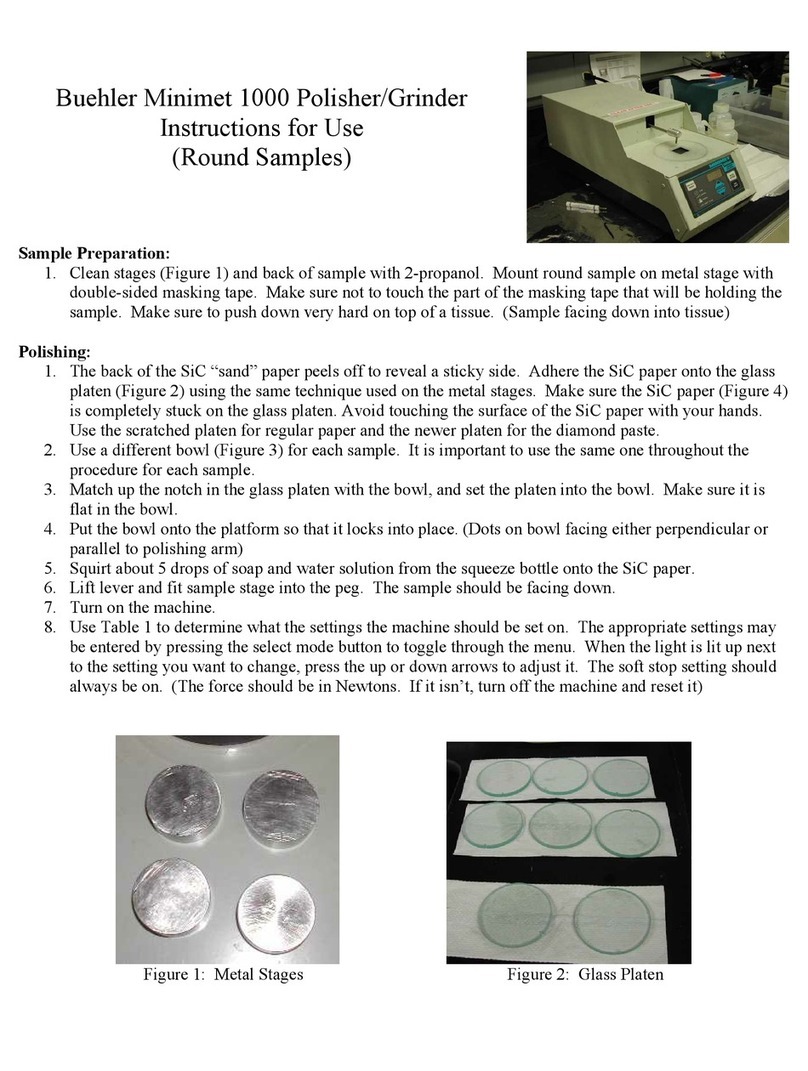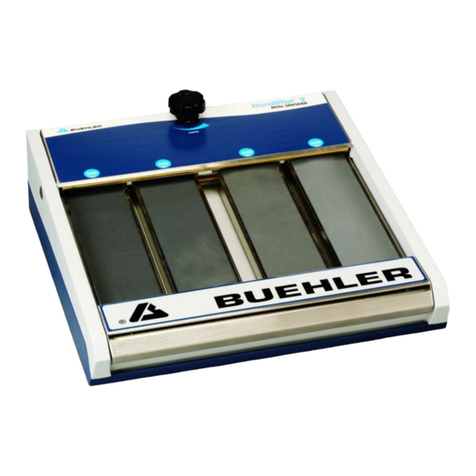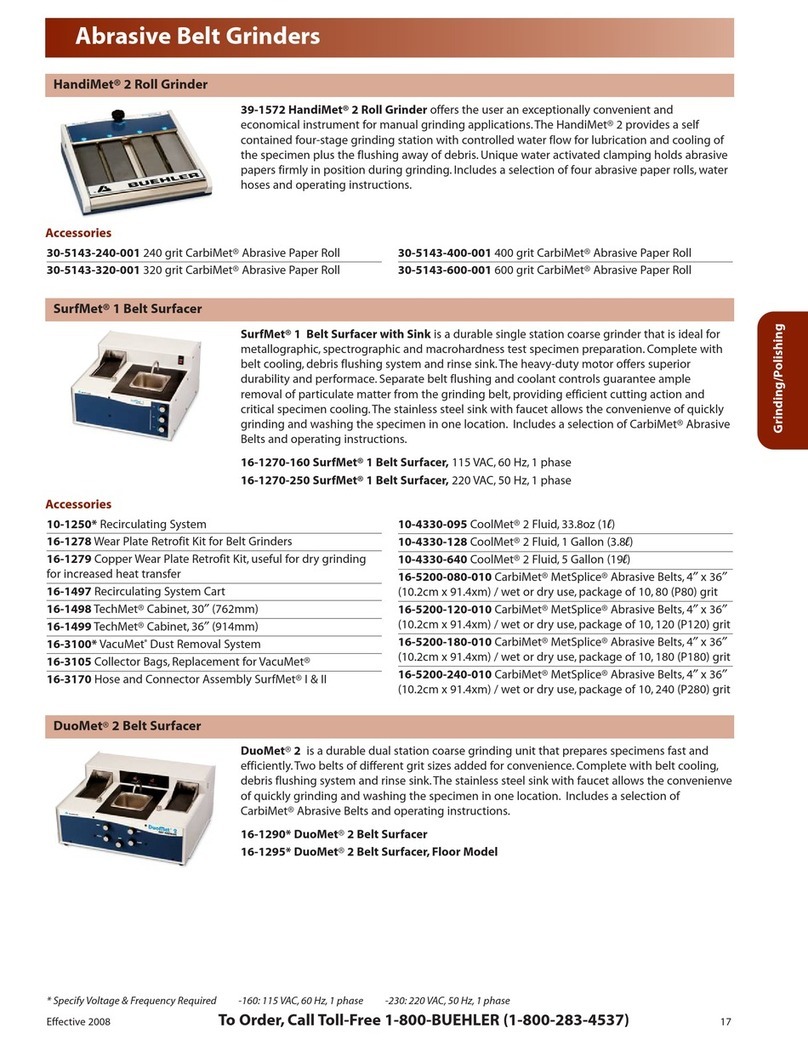
2
4D LABS, Simon Fraser University 8888 University Drive, Burnaby, B.C. V5A 1S6
E nanoimaging@4dlabs.ca T 778.782.8158 F 778.782.3765 W www.4dlabs.ca
Table of Contents
Overview..................................................................................................................................................1
Revision History........................................................................................................................................1
Table of Contents.....................................................................................................................................2
General Information .................................................................................................................................4
Main components: ...................................................................................................................................4
Safety ......................................................................................................................................................5
Operation ................................................................................................................................................6
Control Panel:......................................................................................................................................6
Preparing your grinding or polishing platens: ............................................................................................8
Using Diamond Polishing Solutions.......................................................................................................8
Preparing Samples in the Power Head:......................................................................................................9
Specimen Holders.................................................................................................................................9
Loading a Specimen Holder ................................................................................................................10
Removing a Specimen Holder .............................................................................................................11
Single Force .......................................................................................................................................11
Central Force .....................................................................................................................................11
Mounting the Glass Slide Holder.........................................................................................................12
Begin the Grinding / Polishing Procedure ................................................................................................14
Exchanging grinding and polishing discs .................................................................................................16
After use................................................................................................................................................16
References and Files...............................................................................................................................17
Contact Information ...............................................................................................................................17
Supplementary Information ....................................................................................................................18
Silicon Carbide Abrasive Grinding Discs ..............................................................................................18
Diamond Polishing Solutions ..............................................................................................................18






























